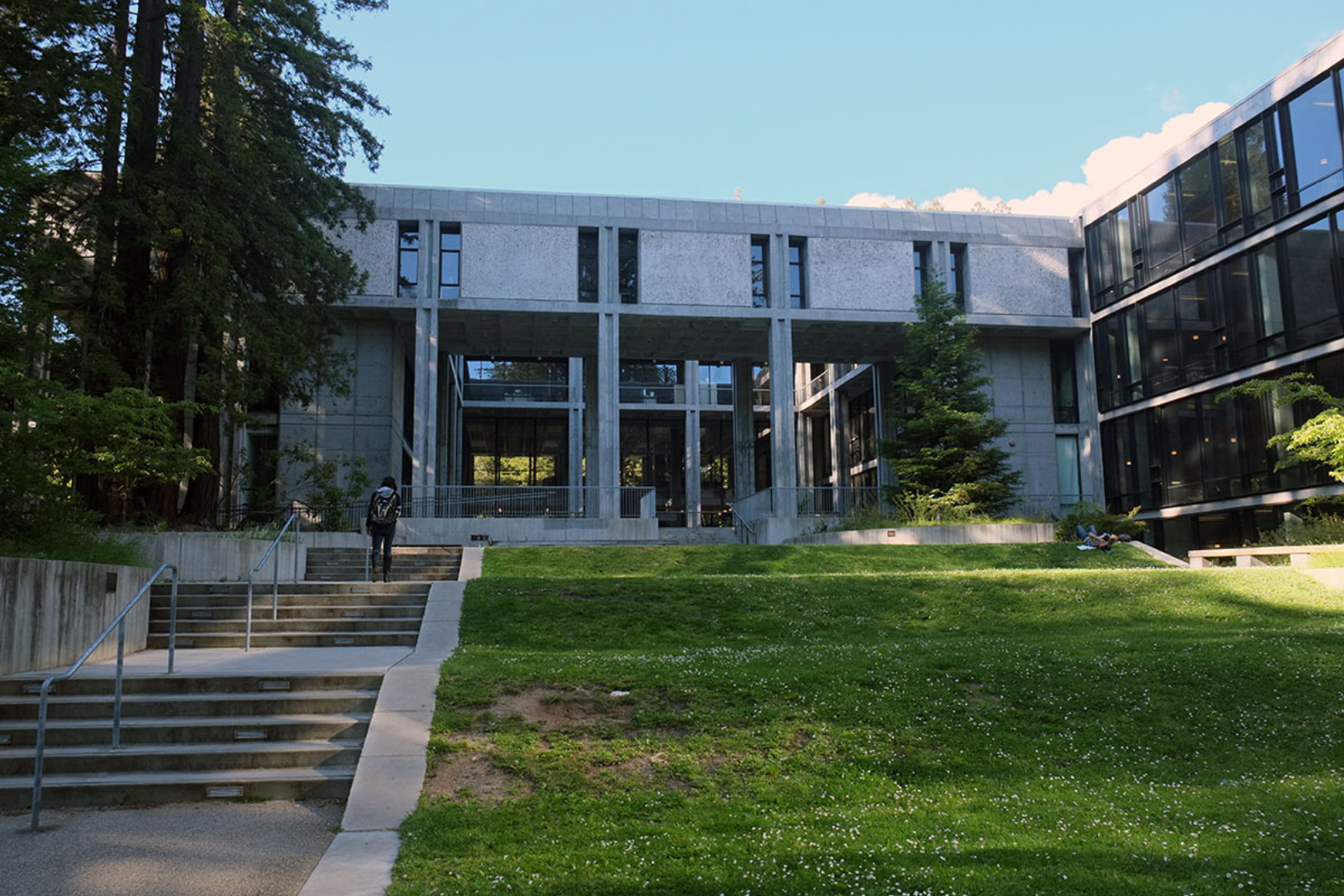Site overview
The social upheavals of the 1960s challenged the traditions of formal education and brought about significant changes to education and brought about significant changes to education if not always campus planning. The University of California at Santa Cruz took a large step away from the traditional college campus with its 1963 master plan by John Carl Warnecke and Associates, which totally dispensed with the idea of formal symmetry and took the site’s natural topography in the California coastal foothills as a basis for locating the campus’ “cluster colleges.” The most innovative of the clusters was Moore and Turnbull’s Kresge College, University of California, Santa Cruz, created like a rural compact village in sight of the ocean. At the same time, the plan reached into the future, it evoked campus planning ideals from the past. Intact was the romantic notion of education isolated in nature. Recalling Jefferson’s ideal of dialogue and proximity between students and faculty at the University of Virginia, the plan encouraged faculty to live on the campus in informal settings near where they teach. It also recalled Olmsted’s original plan for the Berkeley campus by minimizing the proportion of land to buildings and keeping them informal -- a university regulation prohibits any building taller than two-thirds the height of the coastal redwood trees that populate the area. (Encyclopedia of Twentieth Century Architecture, ed. by Stephen Sennott)


